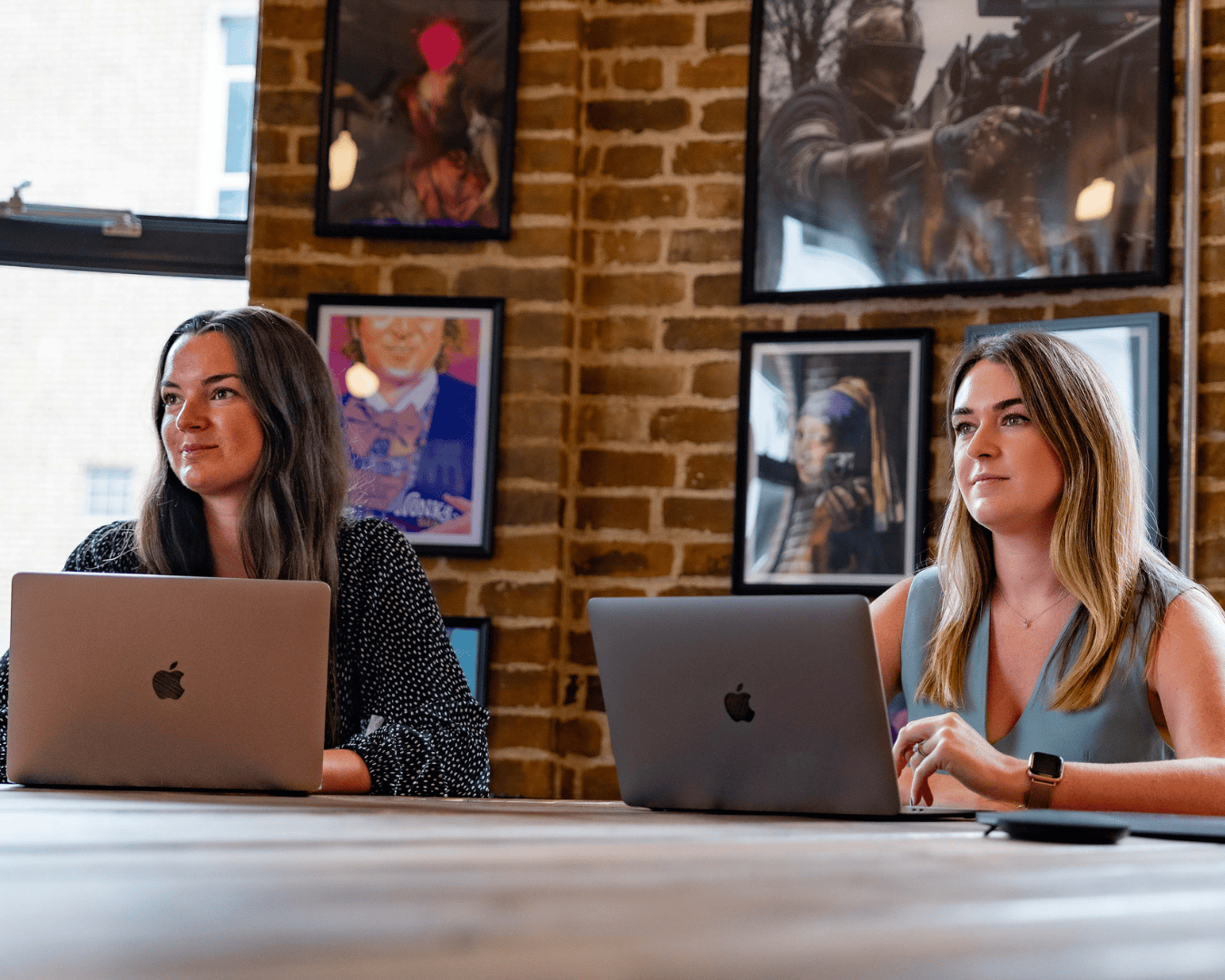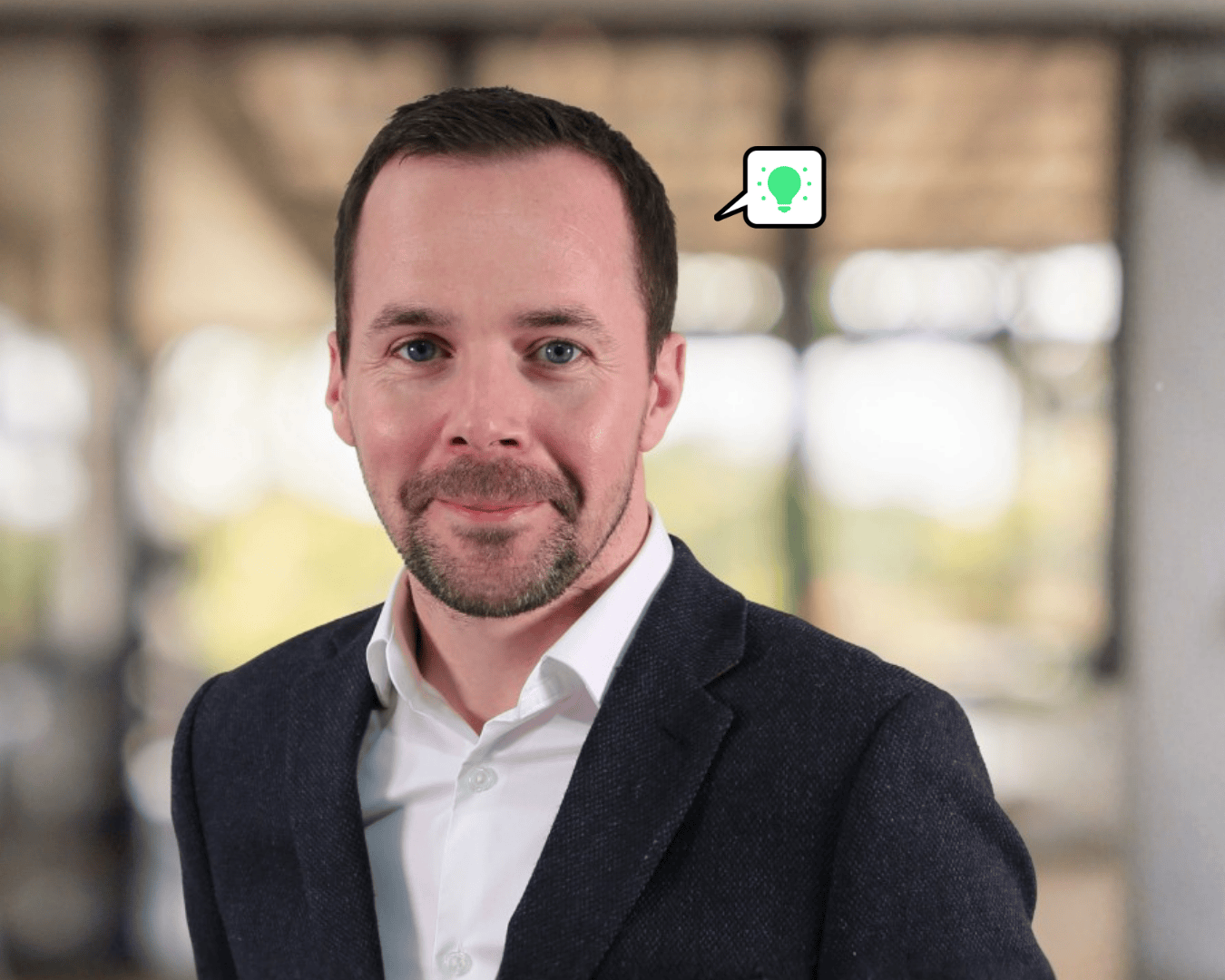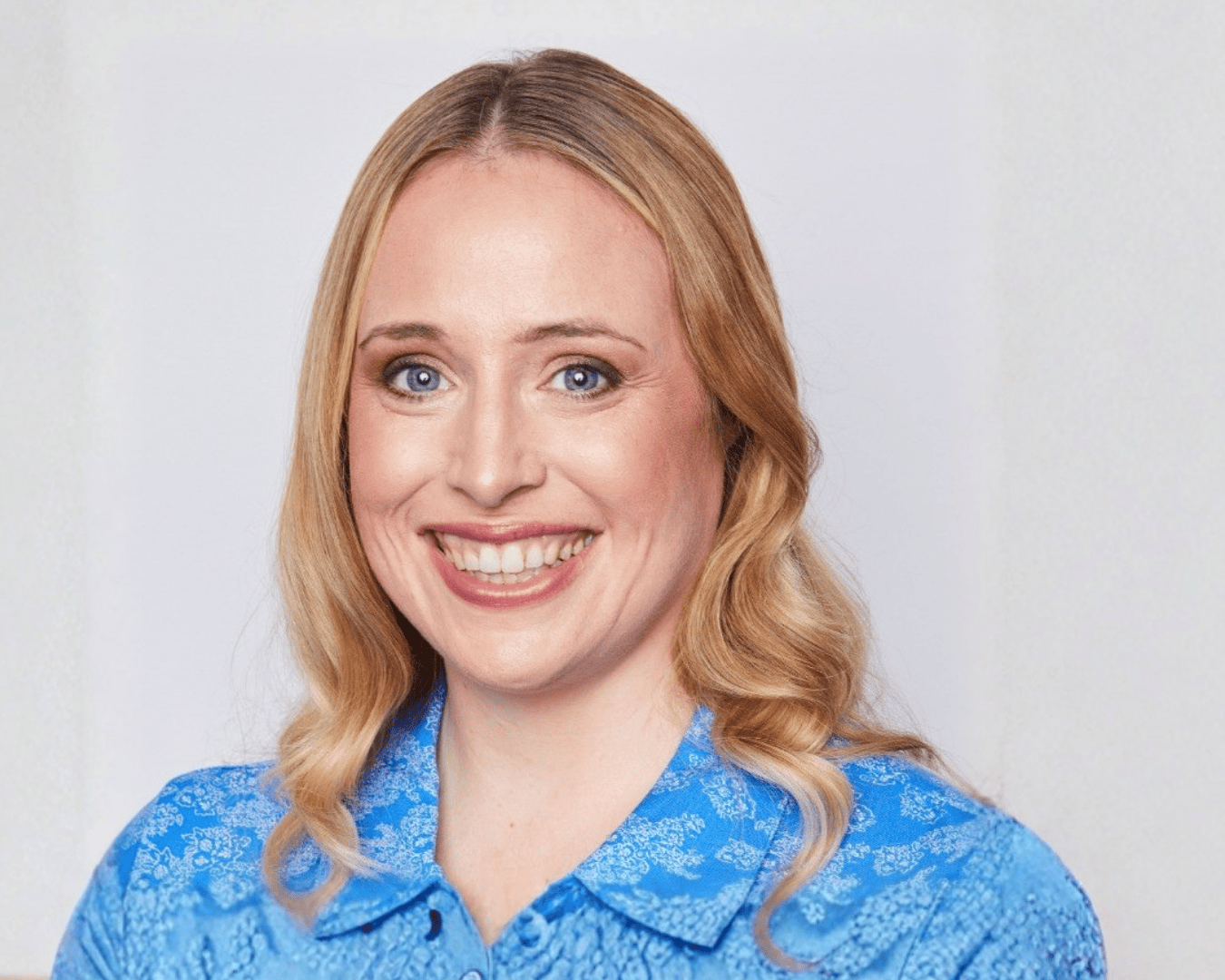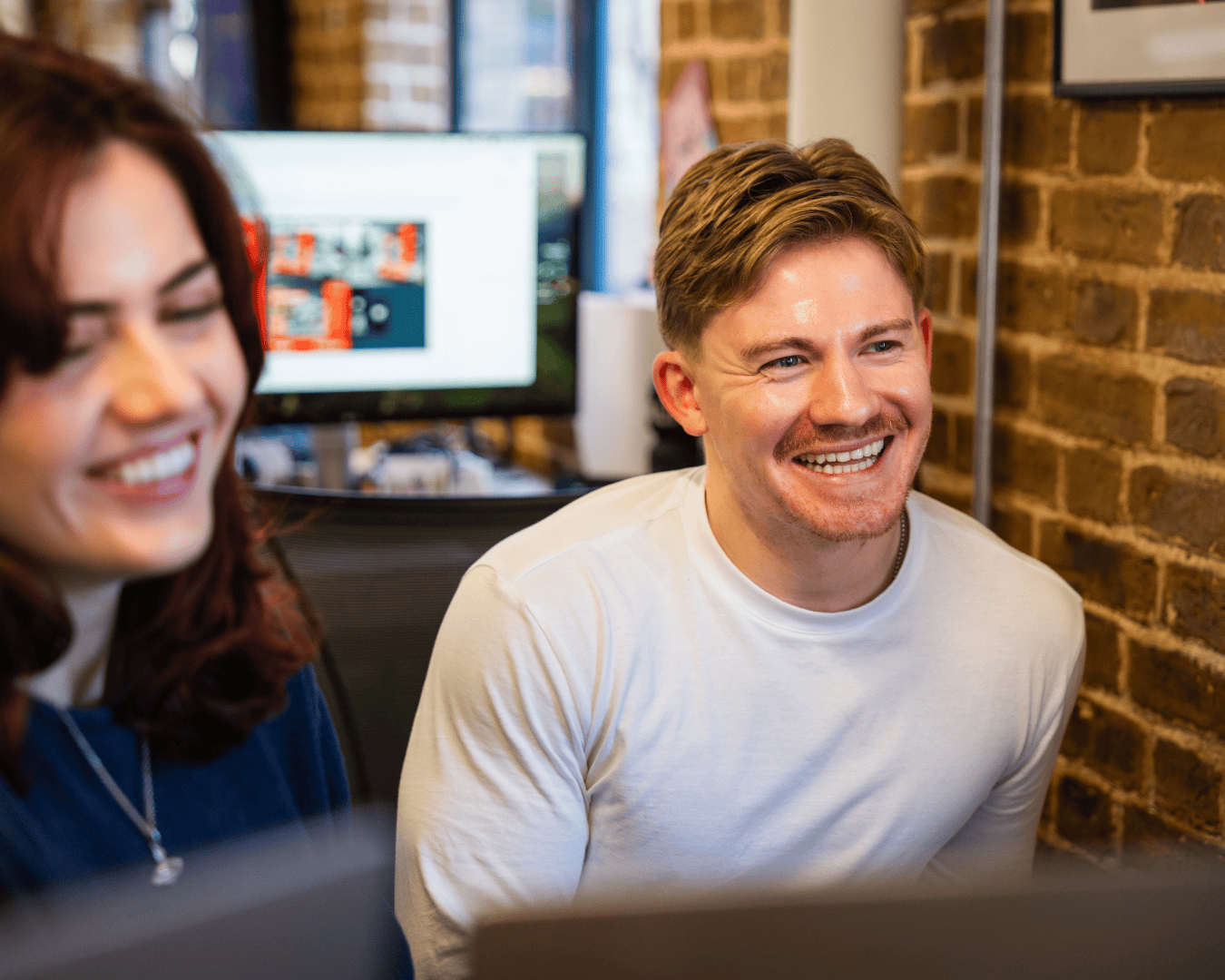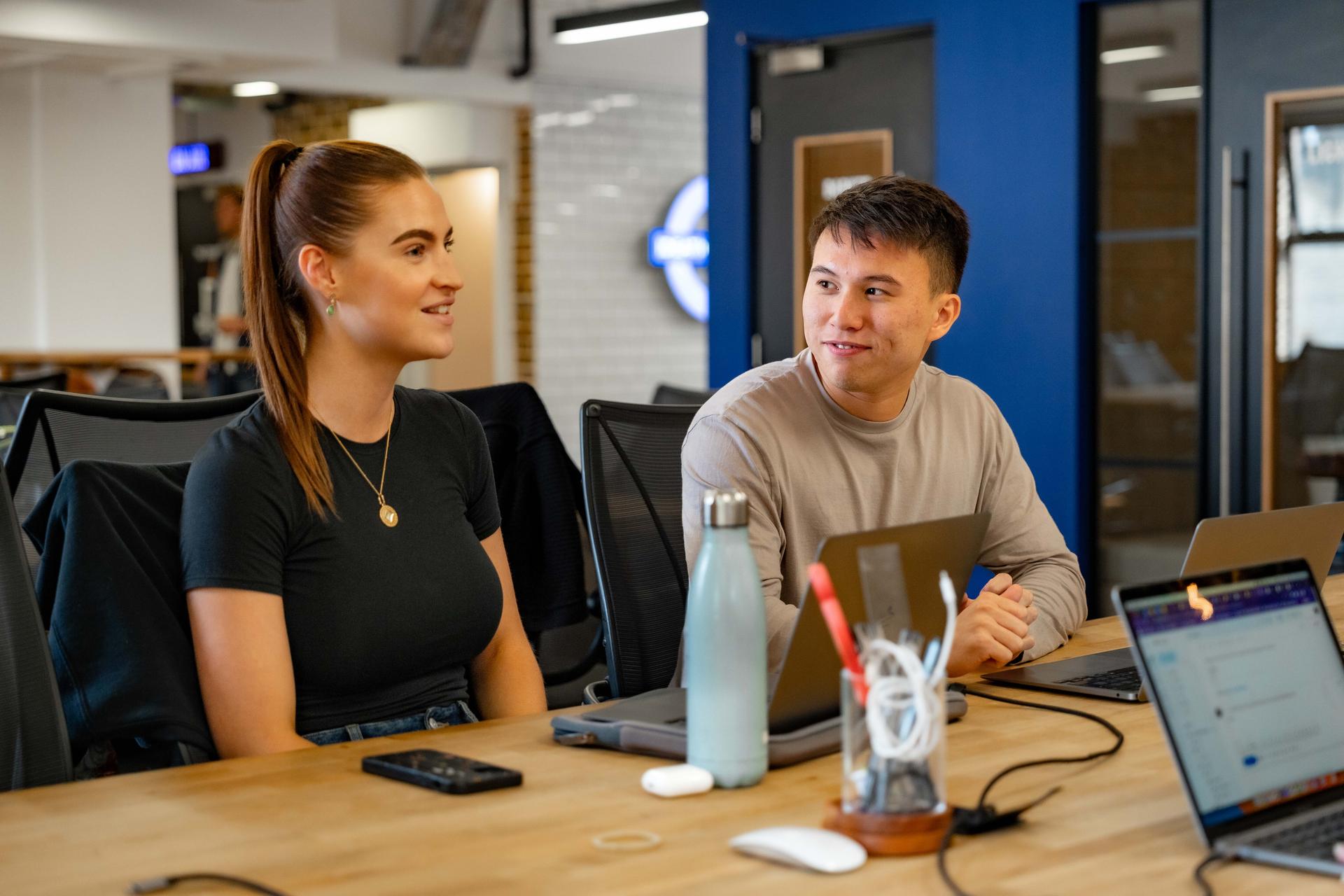For someone who never planned on a career in recruitment, let alone employer branding, Phil Smith has become a very popular and authentic voice in the industry. With a background that spans from recruitment to brand leadership at Santander, and now stepping into a new role at Bauer Media, Phil’s approach to employer branding is rooted in storytelling, advocacy, and strategic thinking that never loses sight of the people behind the work.
In this Wiser Expert interview, we explore how he found his way into the world of employer branding, how he keeps things fresh, and why clarity, community, and creativity matter more than ever.
From hands-on curiosity to employer brand leadership
His route into employer branding may not have followed a traditional path, but what defines his journey isn’t chance. It’s instinct, initiative, and a deep understanding of how people shape business success. With over five years of experience building employer brand strategies inside one of the UK’s best-known banks, Phil has become a trusted voice in the space, skilled at translating company culture into creative, people-first storytelling.
His introduction to employer brand began at Santander, just before the pandemic. With organisational change happening, Phil saw an opportunity to explore how platforms like Glassdoor could help shape the company’s external image. What started as a small side project soon evolved into a central part of his role.
From day one, Phil’s interest in people, their stories, their roles, and their values shaped how he approached the work.
“The opportunity to showcase people and their stories, that’s what drew me in. Everyone is individual, and the sum of those people is what makes a company. Putting them front and centre, not products, really matters to me.”
This mindset helped him build trust across teams and bring cohesion to the way the brand showed up both internally and externally. It’s not just that Phil understands employer branding, it’s that he’s lived every stage of its growth, from grassroots initiatives to strategic leadership.
Building creative momentum inside the same business
Employer branding is rarely static, but staying inspired within the same business over time can be a creative challenge. For him external input is a must. Serving as a judge for the RMAs (Recruitment Marketing Awards) has given him a window into industry innovation and reaffirmed the universality of the challenges we all face.
“You get to see what other people are doing, and realise that actually, a lot of us have the same challenges, no matter what industry you’re in.”
These experiences have been complemented by a tight-knit employer brand community, a space where ideas are shared over breakfast meetings and round tables, and where connections often lead to new opportunities. In fact, Phil’s latest role came through that very network.
In addition to community learning, Phil’s creative momentum was fuelled by internal collaboration. At Santander, he worked closely with the social media team to transform the bank’s LinkedIn presence. The shift from a product-first approach to a people-first narrative resulted in over 100,000 new followers over 3 years, and elevated advocacy across the business.
“LinkedIn is a job support. People want to know what it’s like to work somewhere. We started posting content that reflected that, and that’s what changed the game for us.”
Brand on a budget
One of the most pressing challenges facing employer branding today is the budget (or the lack of one). For Phil, the question isn’t how much you have to spend, it’s how smartly you use what’s already available.
“If you’ve got a budget, first and foremost, you’re doing really well.”
He advises starting by partnering with internal teams like marketing or communications to repurpose content. Where once a post might have focused on product features, there's an opportunity to showcase the people behind the product instead. Authentic, low-cost content, especially video, is powerful when it's rooted in real employee experience. A smartphone and a decent mic, he insists, can go a long way.
But if he had budget for only one channel?
“Programmatic campaigns. That’s targeted advertising that goes directly to the people you want to recruit based on their searches, browsing behaviour, and online habits.”
He highlights the emergence of AI-powered programmatic tools that do the heavy lifting of retargeting candidates, customising messaging, and adapting campaigns based on live data.
“There are brilliant companies now who keep your brand and authenticity intact while automating the delivery. It’s all about working smarter, not harder.”
And when brand or recruitment budgets get cut, he believes employer branding should double down on visibility and trust, not disappear.
“Work with what’s around you. Repurpose. Use employee-generated content. And treat people like grown-ups – they know what’s real.”
Authenticity, advocacy and the future of Employer Branding
The last few years have made one thing abundantly clear: trust is the currency of employer branding. Whether it’s redundancies, restructures, or return-to-office mandates, employees and candidates alike are looking for signals of integrity. This makes authenticity, true authenticity, not just a nice-to-have, but essential.
“One of the biggest challenges is: how do you still say you’re a brilliant place to work if people are seeing the opposite on LinkedIn or in the press?”
To navigate that, Phil advocates for transparency, clarity, and a well-defined message. When it comes to attracting passive talent, especially in an oversaturated market, it's about standing out by saying less, not more.
“You need to grab their attention with simple, clear, purposeful messaging. Don't over-complicate it.”
Ultimately, employer branding isn’t about meaningless taglines or generic perks. It’s about giving people, internally and externally, a reason to believe. Phil’s approach shows that a brand doesn’t need to be loud to be effective. It needs to be honest.
“It’s about treating people like grown-ups, giving them a voice, and telling the truth. That’s where advocacy starts.”
